The Right to Education Act, 2010 has brought India one step closer to its goal of achieving universalization of elementary education (UEE). Yet, large numbers of children, especially from disadvantaged communities, continue to be deprived of quality education. Who Goes to School? explores patterns of access and exclusion in basic education in India.
The volume outlines policy and legislation on access to education and provides statistical analysis of learners enrolled in school, out-of-school children, and learners vulnerable to exclusion. It suggests that meaningful access to education is an aspect of UEE that requires more than just full enrolment. Rather, it necessitates high attendance rates, progression through grades with no repetition, and learning outcomes which confirm that basic skills are being mastered.
The contributors focus on various aspects ranging from malnutrition, gender and social equity, migration, dropout rates, and differentiation in schooling provisions to matters of teaching and governance. They analyse in depth the way in which educational access is conceptualized; in doing so, they also identify areas for future research.


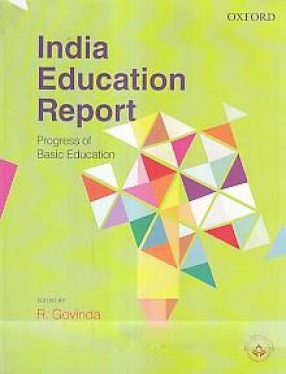
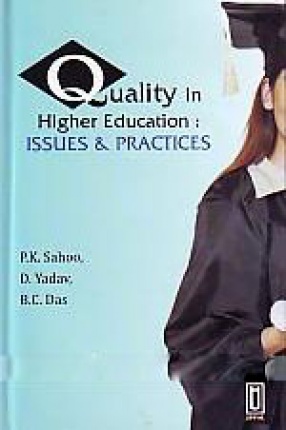

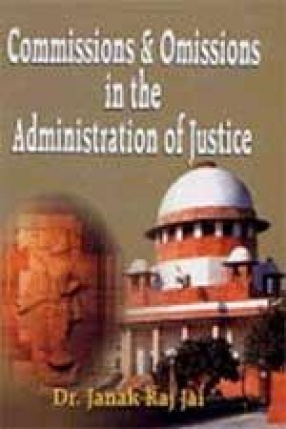
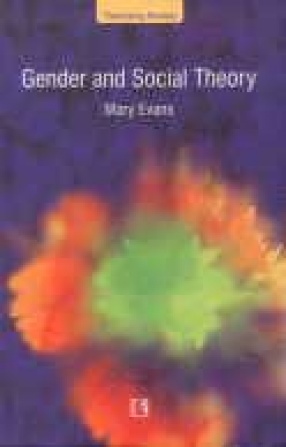
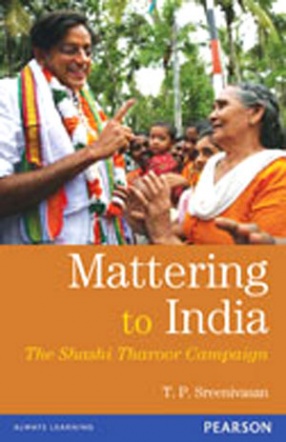
There are no reviews yet.